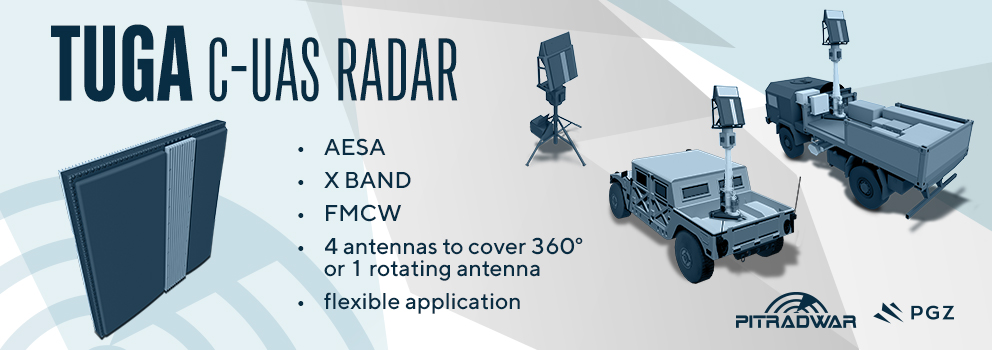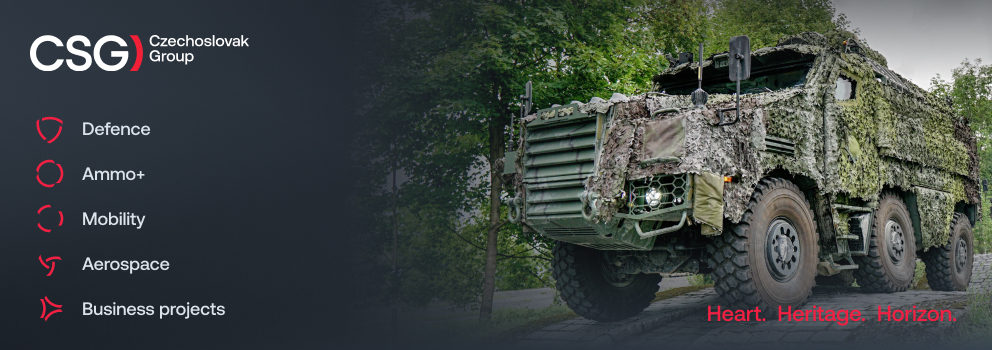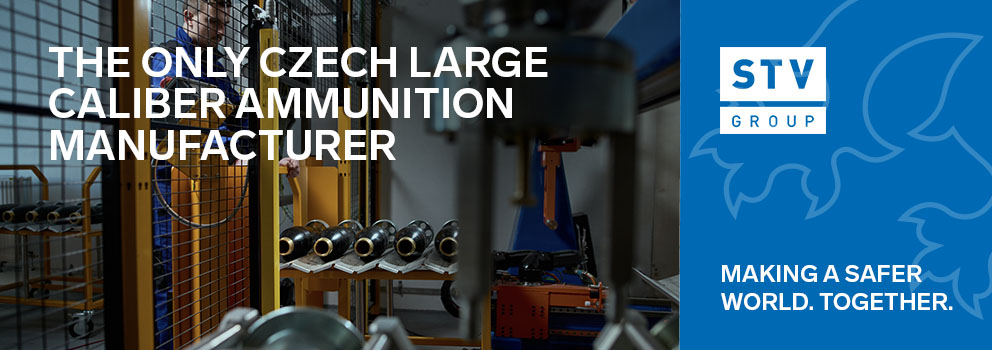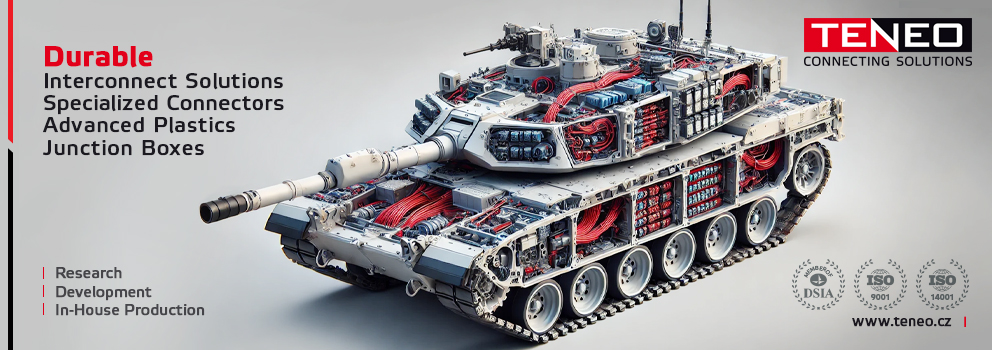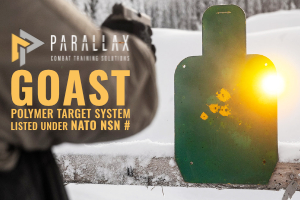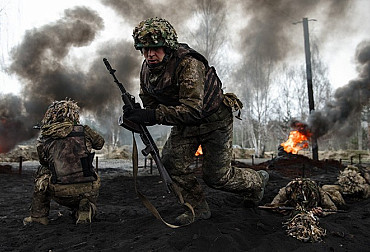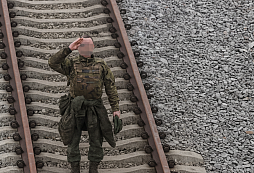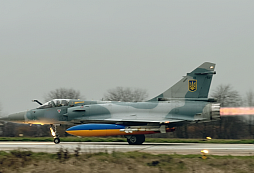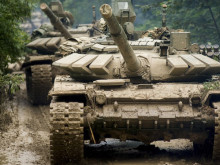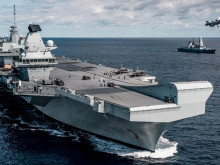Key aspects of advanced military technologies in the context of future warfare
Thanks to the rapid development of modern technologies, we are witnessing an unprecedented boom in their application in the military, and if we follow technological trends at least from the perspective of future potential, it is clear that military operations are facing revolutionary changes unlike anything we have seen to date.
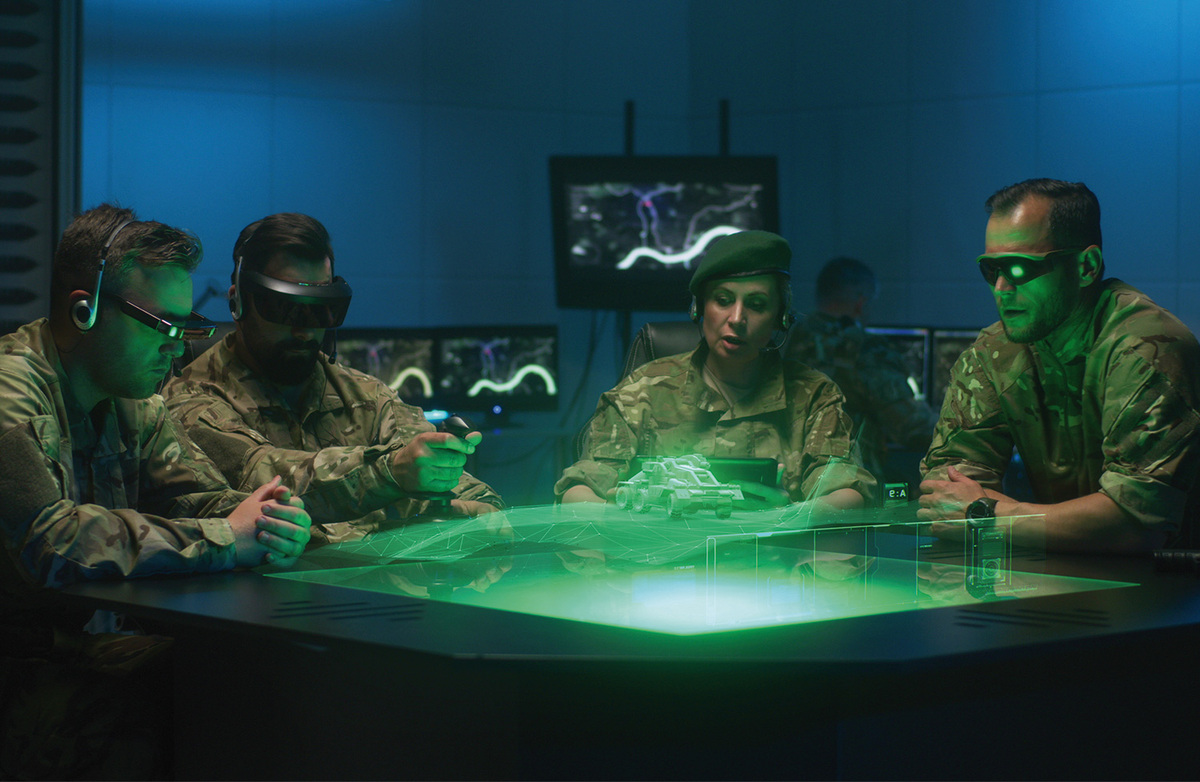
An efficiency-oriented battlefield – the result of a purely pragmatic approach
A logical assumption, inspired by industrial domains and trends, is the development of future battlefields following highly pragmatic approaches based on cost optimization in the context of the operational effectiveness of individual solutions. This factor will inevitably lead to the suppression of a whole range of military dogmas and conservatism, which have often blocked the path to new ideas and unconventional approaches in combat operations. The main reason forcing all actors to transition to a highly technologized battlefield is the dramatically increasing efficiency of automated weapon systems, which is affecting the prospects for human presence on the battlefield of the 21st century.
Historical experience shows that success in military operations is fundamentally ensured by two components: effective and coordinated management (mediated by an optimal sequence of decision-making processes) and the efficiency of the technology used. This fact has been linked for more than a decade to discussions concerning the key limitations of biological systems, where the main constraints appear to be reaction time and the ability to make quick and complex decisions in the context of operational environment requirements. Given that decision-making fundamentally consists of searching through a state space to find a set of steps leading to a goal with minimal effort, time, risk, etc., this implies wide potential for mathematical modeling, multi-criteria optimization, and subsequent automation and deployment of computer technology. Although these processes represent a major challenge for current technology, it is certain that these fundamental factors underlying military operations are already the domain of advanced computing systems and are implemented many times faster by their electronic counterparts.
Transition to an AI-supported command and control system
Based on extensive operational experience and forecasts of developments in modern warfare, there is a logical assumption that future battlefields will require a new concept of command and control (C2) at all levels. The original idea behind this assertion was presented in 2008 as part of the DARPA Deep Green project, which was inspired by a supercomputer for computer-aided decision-making in chess from the 1990s (DeepBlue). Deep Green introduces a fundamental transformation of the OODA (observe, orient, decide, act) paradigm in connection with the expected increase in battlefield dynamics, where the original serial OODA approach can lead to significant delays, especially in understanding and forecasting the development of the operational situation, which has a fatal impact on the effectiveness of the entire operation.
The current OODA approach is more reactive than proactive, which is inadequate in the context of a future dynamically changing battlefield. A proactive approach consists of iterative forecasting of enemy movements based on tactical-physical simulation of a shared picture of the operational situation. The upgrade of the OODA paradigm architecture is demonstrated in the following figure.
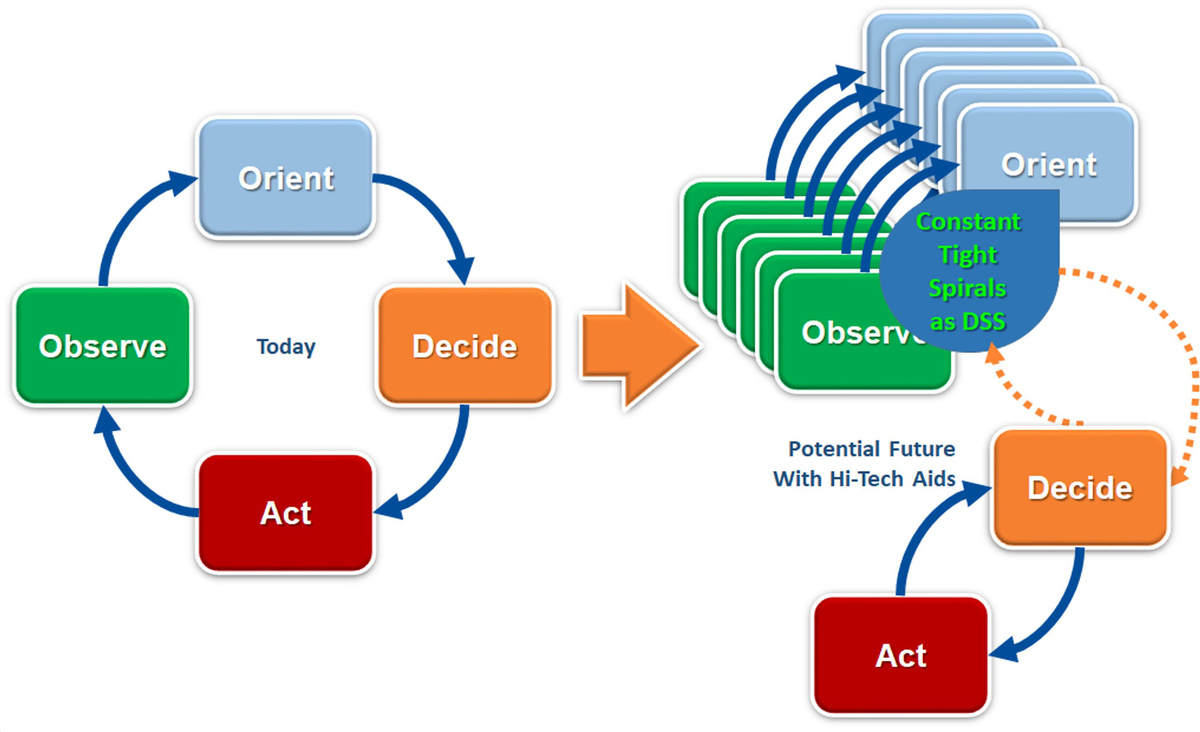
The parallelization of the OODA cycle brings a minor revolution in the approach to decision-making in the military and the implementation of advanced technologies. This approach also supports a decentralized command and control hierarchy, giving lower levels of command the ability to respond flexibly to the results of wargaming simulations and the threats derived from them in real time, including a comprehensive understanding of the broader battlefield context and the intentions of higher-level commanders, leading to better situational awareness.
Situational awareness is critical to operational effectiveness and dominance on the 21st-century battlefield. When the time dimension necessary to identify future critical battlefield configurations is added to the battlefield state space, the state space becomes so vast that it must be processed using state-of-the-art computing resources and advanced algorithms within the category of artificial intelligence. Although much work has been done on the implementation of artificial intelligence in operational analysis, evaluation, and planning of tactical scenarios, the complexity of the modern battlefield still presents many challenges, many of which cannot be solved by standard computing resources in the foreseeable future. Their practical implementation depends on the hopes of future research related to quantum computers.
The role of autonomy and automation in warfare
Autonomy and automation will inevitably play a crucial role in future military operations. This will fundamentally change operational art and tactics and will be fully integrated into command and control in many areas. Autonomous systems will enable complex missions to be carried out with greater efficiency, lower economic costs, and reduced risk to human personnel. However, this opens up a new dimension of challenges and problems that defense departments have never faced before. Armies that are late in mastering this transformation could easily be "disqualified" from both the future battlefield and cooperation with significantly more advanced partners.
One of the main problems lies in the effective management of an extreme number of tactical entities, particularly in an environment with limited (denied) communication. This problem leads to the promotion of advanced autonomous control technologies, distributed organizational-control architectures, and the introduction of full autonomy in some areas of operational deployment of defense technologies. However, this step requires careful consideration of the ethical, legal, and operational implications, including ensuring that the integration of autonomy and automation is consistent with established social values and goals, which may significantly limit the ultimate effectiveness of particular technologies and will certainly be the subject of much debate and compromise.
One of the key components of this process is building trust in advanced technologies, especially autonomous systems, through thorough operational testing and evaluation (OT&V). The military sector is typically highly conservative, and building trust in new and revolutionary technologies takes time. Any error or failure can result in a serious delay in the implementation process or rejection of the selected technology, which is exacerbated by less promising prospects in the area of human resources in many armies. In any case, the comprehensive automation of military systems, components, and resources, including command and control, appears inevitable for survival on the battlefield of the future.
International cooperation
International cooperation and standardization in the military field are essential for creating a coherent and effective framework for joint multinational operations, as coalitions of weaker states usually have no other way of effectively countering a stronger enemy. Organizations such as NATO have professionalized these efforts, developing standardized norms, procedures, and technologies that member countries have committed to follow, thereby facilitating mutual interoperability and cooperation. However, achieving even basic standardization is a complex and lengthy process that involves many pitfalls. Despite these challenges, the pursuit of standardization in international military cooperation remains a top priority and will continue to be so in the future, as it significantly strengthens the collective ability of coalition armies to respond to global security challenges in a coordinated and effective manner.
Conclusion
The results of current technological advances indicate that future battlefields will most likely differ significantly from the traditional "frontline" concept of the operational environment shaped by doctrinal approaches and geographical and climatic factors of the twentieth century. Looking at current trends and forecasts focused on the efficiency and "economics" of warfare, we can expect the future battlefield to integrate a huge number of advanced technological systems with significant links to the cyber operational domain and spillover into the areas of information and psychological operations.
These factors will inevitably lead to the transformation of a highly dynamic and complex operational environment in which we can expect an increase in unconventional threats, the rise of non-state actors, more intensive hybridization of future warfare, a combination of symmetric and asymmetric conflict, and the rapid expansion of the battlefield not only to neighboring countries but also to more distant states thanks to global interconnectivity.
Furthermore, the likelihood of global conflict is constantly growing, and with the development of the global security environment, there appears to be no imminent reversal of this trend. This leads to an unprecedented need to develop armed forces that respect the principles of high flexibility, technological advancement, and unconventional approaches to solving future challenges. Given that a large part of the military technology segment overlaps significantly with civilian applications, there is a strong assumption that advances in military technology will quickly influence civilian areas and vice versa, i.e., that increasing defense budgets should have a secondary positive impact on society as a whole.
Historical experience clearly shows that the degree of difference in the sophistication of the technologies used determines the outcome. If the difference is so great that it cannot be compensated for in any way — for example, by numerical superiority or a favorable operating environment — then the winner is decided in advance. It is natural that every army that takes its mission seriously would like to follow this path, which is why advanced technologies have become one of the central areas of competition between the world's advanced armies, and the Czech Army should not stand aside.
